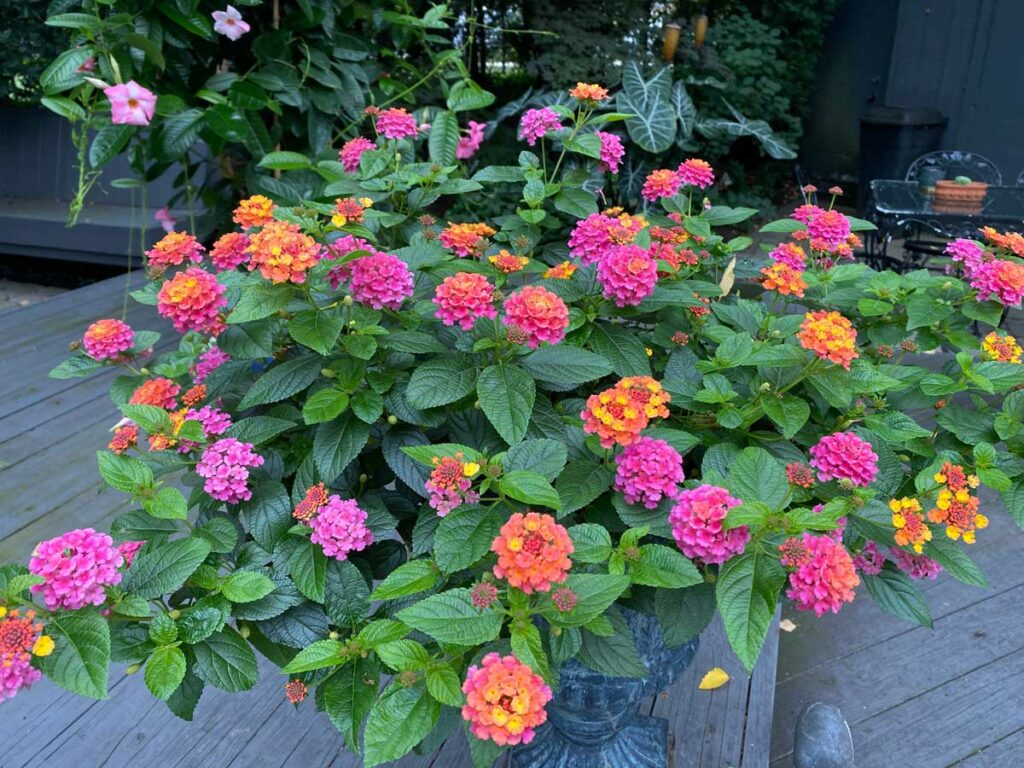
Introduction
Lantana, with its vibrant blooms and attractive foliage, has become a popular choice for container gardening enthusiasts looking to add color and beauty to their outdoor spaces. Growing lantana in pots offers numerous benefits, including versatility in placement and the ability to control soil conditions. However, proper care is essential to ensure the health and vitality of lantana plants in pots.
Selecting the Right Pot and Soil
Choosing the right pot size is crucial for the health and growth of lantana in containers. Opt for a container that provides ample space for root development, with at least one drainage hole to prevent waterlogging. Additionally, select a well-draining soil mix specifically formulated for container gardening, as lantana thrives in soil that allows excess water to drain freely, preventing root rot and other moisture-related issues.
Watering and Moisture Management
Establishing a consistent watering routine is key to keeping lantana healthy in pots. Water thoroughly whenever the top inch of soil feels dry to the touch, ensuring that water penetrates the entire root ball. Be cautious not to overwater, as excessive moisture can lead to root rot and other fungal diseases. Applying a layer of mulch around the base of the plant can help retain soil moisture and reduce water evaporation, especially during hot summer months.
Sunlight and Temperature Requirements
Lantana plants thrive in full sunlight, so it’s essential to provide them with adequate exposure to sunlight when grown in pots. Place containers in a location where they will receive at least six to eight hours of direct sunlight each day. However, it’s important to protect lantana from extreme heat and cold, especially during the peak of summer and winter months. Consider moving pots to a sheltered location or providing shade during the hottest part of the day to prevent heat stress.
Pruning and Maintenance
Regular pruning is essential for maintaining the health and appearance of lantana plants in pots. Prune lantana stems back by one-third to one-half their length in early spring to promote bushy growth and stimulate flowering. Additionally, deadhead spent blooms regularly to encourage continuous blooming throughout the growing season. Keep an eye out for signs of pests and diseases, such as aphids or powdery mildew, and take prompt action to prevent infestations from spreading.
Conclusion
In conclusion, caring for lantana in pots requires attention to detail and a proactive approach to plant maintenance. By selecting the right pot size and soil mix, establishing a consistent watering routine, providing adequate sunlight, and implementing regular pruning and maintenance practices, gardeners can ensure the health and vitality of their lantana plants throughout the growing season. With proper care, lantana in pots will reward gardeners with an abundance of colorful blooms and lush foliage, adding beauty and charm to any outdoor space.


